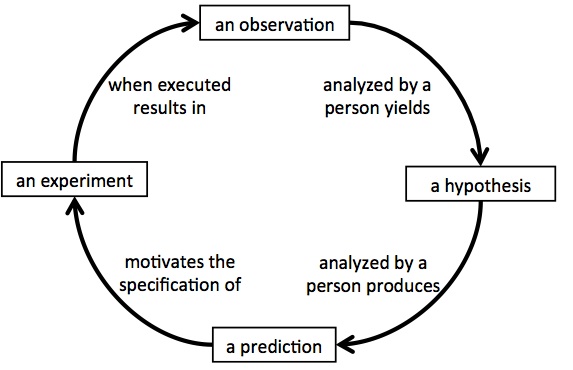Spivak on Category Theory
Posted by Simon Willerton
Guest post by Bruce Bartlett
We know about Category Theory for Mathematicians, we’ve all read Category Theory for Physicists, and we also know about Category Theory for Computer Scientists, and we’ve even seen the videos.
But how about Category Theory for Scientists? I spotted this on the arXiv listings.
David Spivak, Category Theory for Scientists.
Abstract: There are many books designed to introduce category theory to either a mathematical audience or a computer science audience. In this book, our audience is the broader scientific community. We attempt to show that category theory can be applied throughout the sciences as a framework for modeling phenomena and communicating results. In order to target the scientific audience, this book is example-based rather than proof-based. For example, monoids are framed in terms of agents acting on objects, sheaves are introduced with primary examples coming from geography, and colored operads are discussed in terms of their ability to model self-similarity.

I’m afraid this little post is just a shout-out as I’ve only hurriedly browsed through the pages.
Towards the end of the book he gets to sheaves; he is certainly an expert on these as his PhD thesis was on derived smooth manifolds). His motivating example is stitching together pictures of the night sky, which I thought was really cool:

Paging through, I see the Yoneda lemma only gets a small paragraph, with a reference to Mac Lane. I’m kind of sad about that, since I do regard it as the fundamental theorem of category theory. Too bad.

Re: Spivak on Category Theory
Thanks for the write-up!
As for Yoneda, your peer pressure has worked! I’ll add more about it in the next version.